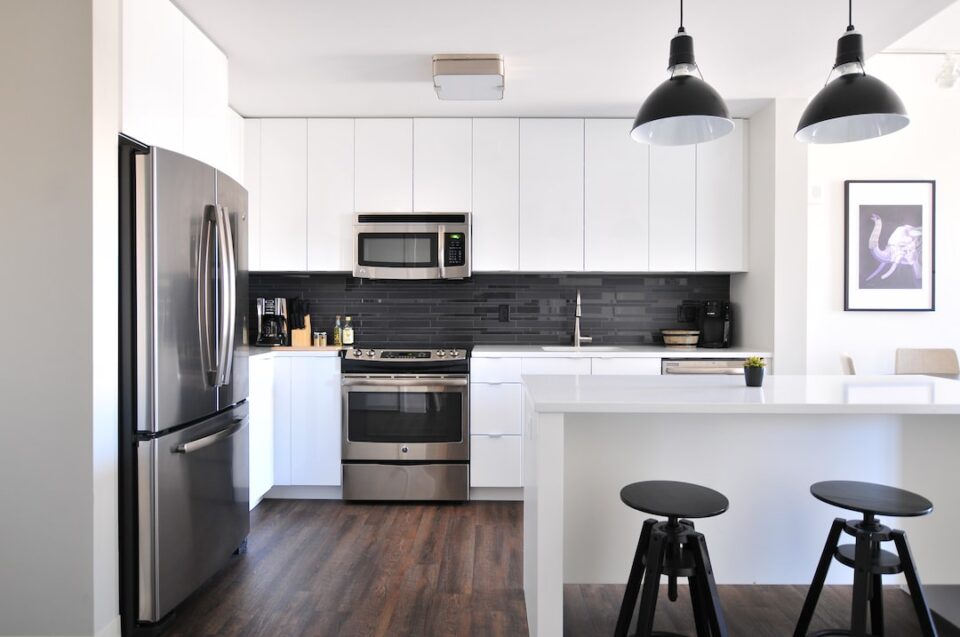Home Safety: Important Measures to Take for a Secure Living Environment
Our home is our sanctuary, a place where we should feel safe and secure. However, accidents and emergencies can happen when we least expect them. It is crucial to take proactive measures to ensure the safety and well-being of both ourselves and our loved ones. In this blog post, we will discuss important measures that we can take to create a secure living environment.
1. Install Security Systems:
Investing in a reliable security system is a great way to enhance the safety of your home. Consider installing surveillance cameras, motion sensors, and burglar alarms. These systems not only deter potential intruders but also provide evidence in case of any unfortunate incidents. Remember to select a reputable security company and ensure that the system is regularly maintained and upgraded.
2. Secure Doors and Windows:
Doors and windows are the primary points of entry for intruders. Strengthen them by using sturdy frames and high-quality locks. Deadbolt locks are highly recommended for exterior doors, as they offer an additional layer of security. Opt for solid-core or metal doors that are difficult to break. Additionally, install window locks to prevent unauthorized access.
3. Adequate Lighting:
A well-lit exterior can significantly decrease the likelihood of burglaries and other criminal activities. Install motion-activated lights around your property, particularly near entrances and pathways. Adequate lighting not only discourages intruders but also improves visibility, reducing the chance of trips and falls.
4. Fire Safety Precautions:
One of the most significant threats to home safety is fire. Installing smoke detectors on every floor of your home is essential. Regularly inspect and test them to ensure they are functioning correctly. Keep fire extinguishers in accessible areas, such as the kitchen and garage. Educate yourself and your family members about fire safety protocols, including escape routes and meeting points.
5. Carbon Monoxide Detectors:
Carbon monoxide (CO) is a colorless and odorless gas that can be fatal if inhaled. Install CO detectors near bedrooms and common areas where appliances like gas stoves and heaters are used. Regularly check and replace batteries to ensure consistent functionality. Remember, prevention is key, so service and maintain your heating systems and appliances routinely to prevent CO leaks.
6. Childproofing:
If you have young children in your home, childproofing measures are essential for their safety. Install safety gates near staircases and secure heavy furniture, such as bookshelves, to the walls to prevent tipping. Cover electrical outlets and use cabinet locks to keep hazardous substances out of reach. Regularly inspect toys and play equipment for any damage or potential safety hazards.
7. Secure Your Wi-Fi Network:
With the increasing reliance on technology, securing your Wi-Fi network is of utmost importance. Set up a strong password and enable encryption to prevent unauthorized access. Regularly update your router’s firmware to ensure protection against any vulnerabilities. Be cautious when sharing personal information online and educate your family about safe internet practices.
8. Emergency Preparedness:
Being prepared for emergencies can make a substantial difference in their outcome. Create an emergency kit that includes basic supplies such as food, water, medications, flashlights, and a first aid kit. Establish an emergency communication plan with your family, designating a meeting point in case of evacuation. Familiarize yourself with the emergency procedures specific to your area.
9. Home Maintenance:
Regular maintenance of your home is vital for its safety. Inspect electrical wires, outlets, and appliances for any signs of wear or damage, and address them promptly. Clean chimneys and fireplaces regularly to prevent chimney fires. Routinely check plumbing systems to avoid water leaks that can lead to structural damage or mold growth. Maintain your yard by removing any debris or objects that could pose a safety risk.
10. Personal Safety:
Lastly, personal safety measures should not be overlooked. Ensure that all family members have a basic understanding of self-defense techniques and personal safety protocols. Teach children how to contact emergency services and to never engage with strangers or open the door for uninvited visitors. Create a culture of openness within your household, encouraging open communication about safety concerns.
In conclusion, home safety requires a comprehensive approach that involves physical security, fire prevention, personal safety, and emergency preparedness. By taking the necessary measures to create a secure living environment, we can protect our loved ones and enjoy peace of mind knowing that our home is a safe haven. Remember, being proactive is key, so start implementing these important measures today.

